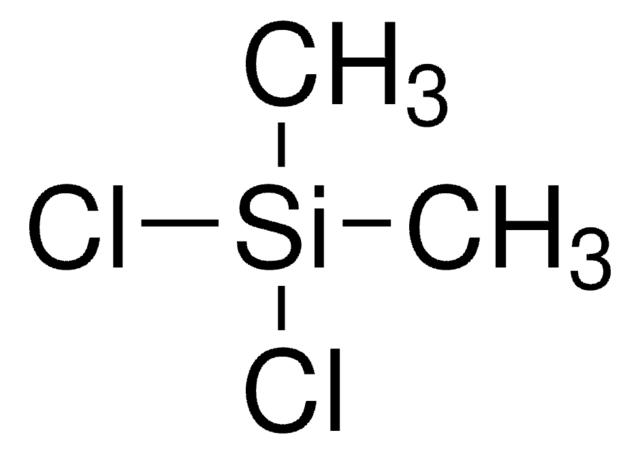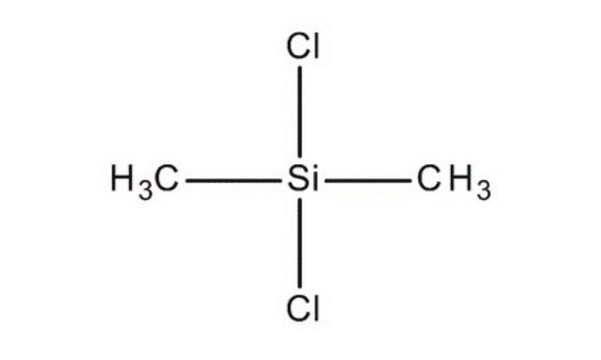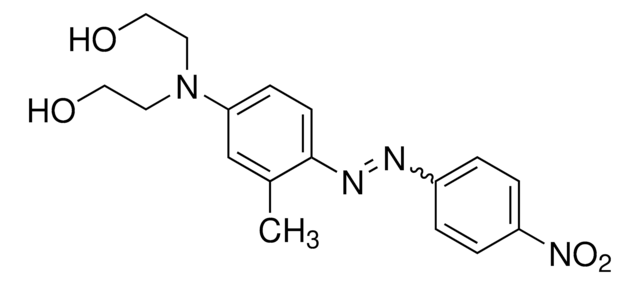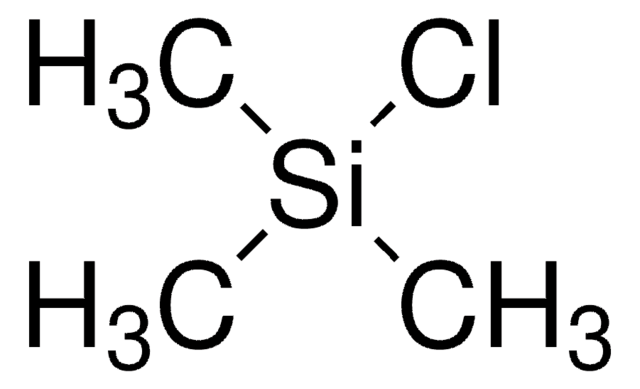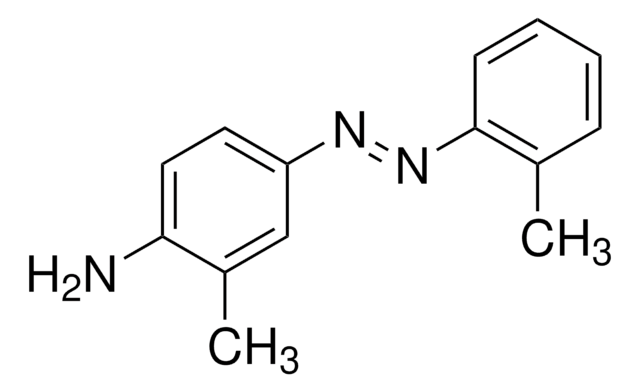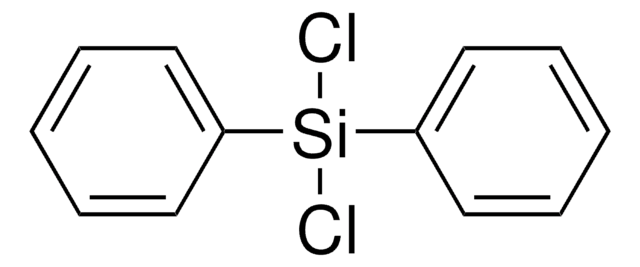80430
Dichlorodimethylsilane
produced by Wacker Chemie AG, Burghausen, Germany, ≥99.0% (GC)
Synonyme(s) :
DMDCS
About This Item
Produits recommandés
Qualité
produced by Wacker Chemie AG, Burghausen, Germany
Niveau de qualité
Essai
≥99.0% (GC)
Forme
liquid
Indice de réfraction
n20/D 1.404 (lit.)
pb
70 °C (lit.)
Pf
−76 °C (lit.)
Densité
1.07 g/mL at 25 °C (lit.)
Chaîne SMILES
C[Si](C)(Cl)Cl
InChI
1S/C2H6Cl2Si/c1-5(2,3)4/h1-2H3
Clé InChI
LIKFHECYJZWXFJ-UHFFFAOYSA-N
Vous recherchez des produits similaires ? Visite Guide de comparaison des produits
Description générale
Application
- As a silane coupling agent in the synthesis of silica nanoparticles and in their surface modification studies.
- To prepare polydimethylsiloxane microemulsions by reacting with sodium dodecylpolyoxyethylene sulfate.
- To prepare a novel heterasumanene where the benzylic carbon atoms of the sumanene are replaced by heteroatom (S, Si) functionalities
Autres remarques
Mention d'avertissement
Danger
Mentions de danger
Classification des risques
Acute Tox. 3 Inhalation - Acute Tox. 4 Oral - Eye Dam. 1 - Flam. Liq. 2 - Skin Corr. 1A - STOT SE 3
Organes cibles
Respiratory system
Code de la classe de stockage
3 - Flammable liquids
Classe de danger pour l'eau (WGK)
WGK 1
Point d'éclair (°F)
33.8 °F - closed cup
Point d'éclair (°C)
1 °C - closed cup
Équipement de protection individuelle
Faceshields, Gloves, Goggles, type ABEK (EN14387) respirator filter
Faites votre choix parmi les versions les plus récentes :
Déjà en possession de ce produit ?
Retrouvez la documentation relative aux produits que vous avez récemment achetés dans la Bibliothèque de documents.
Les clients ont également consulté
Notre équipe de scientifiques dispose d'une expérience dans tous les secteurs de la recherche, notamment en sciences de la vie, science des matériaux, synthèse chimique, chromatographie, analyse et dans de nombreux autres domaines..
Contacter notre Service technique